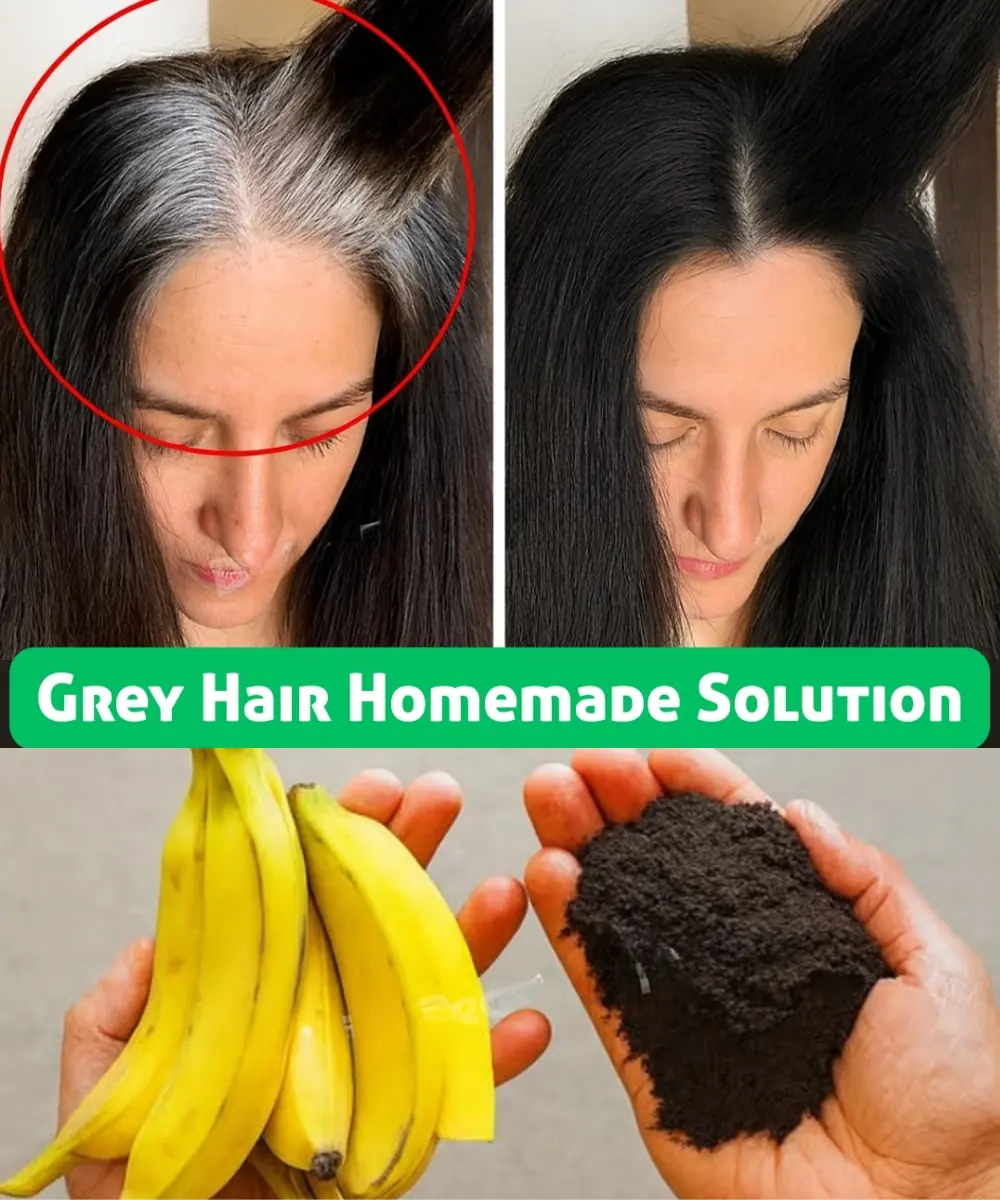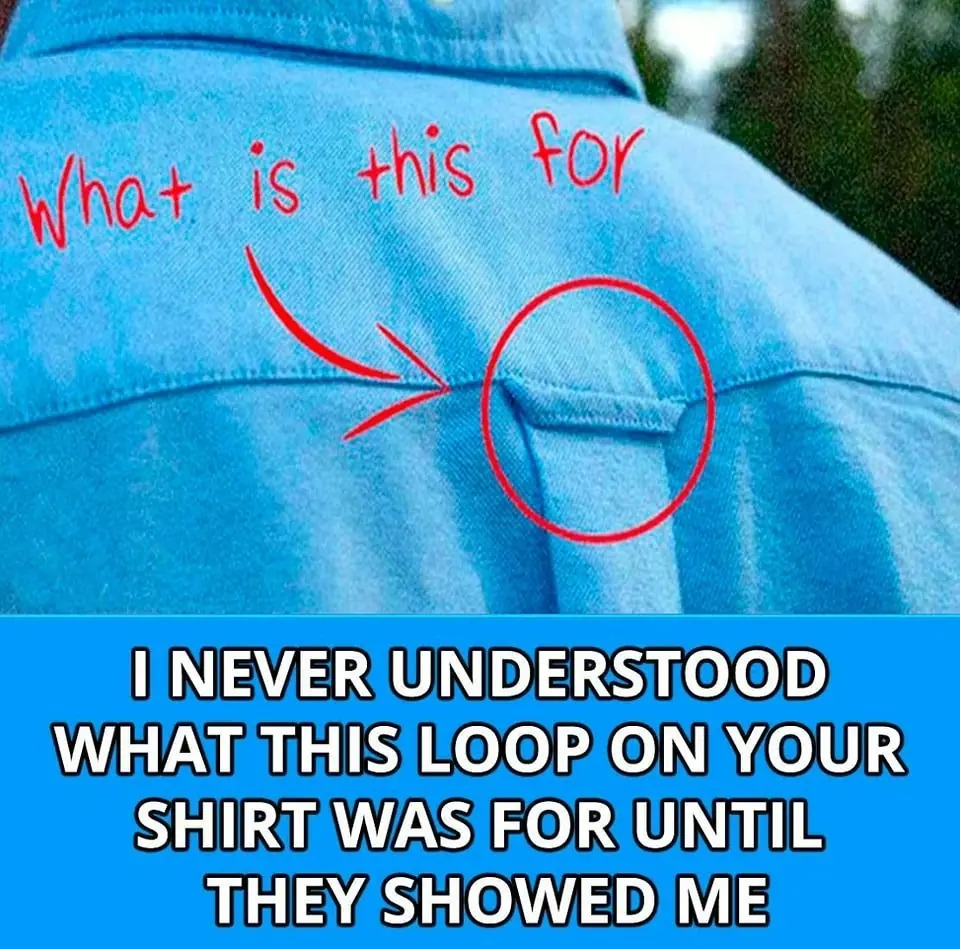
Clear vs. Cloudy Ice: Why It Happens and How to Make Crystal-Clear Ice at Home
Ice is a simple substance we often overlook—but have you ever noticed that some ice cubes are crystal clear, while others appear cloudy or white in the center? This common observation actually reveals a fascinating science rooted in water chemistry and freezing dynamics. In this article, we’ll explore the reasons behind cloudy ice, how to make perfectly clear ice cubes, and why this matters not only for aesthetics but also in hospitality and commercial applications.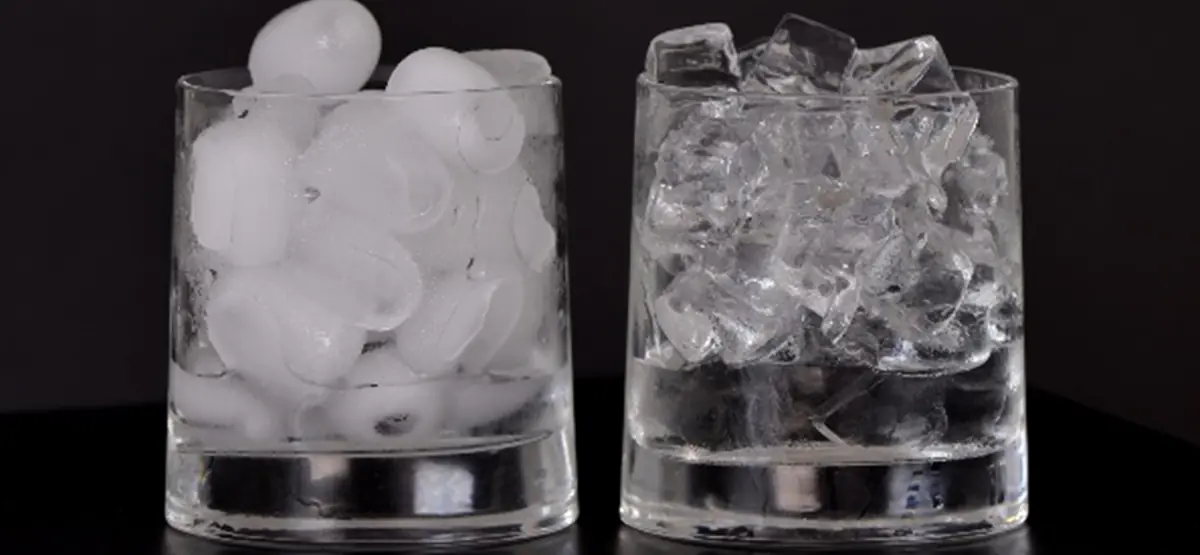
What Causes Cloudy Ice?
Cloudy ice forms due to the presence of trapped air and impurities in the water. Here's a closer look at the contributing factors:
1. Dissolved Gases (Air Bubbles)
Tap water contains dissolved oxygen, carbon dioxide, and other gases. When water freezes, ice starts forming from the outside in, and the gases are pushed toward the center. As they get trapped, they form small air bubbles, resulting in a cloudy appearance.
2. Minerals and Impurities
Municipal tap water often includes minerals like calcium and magnesium, as well as trace amounts of sediments. These do not freeze uniformly and create white streaks or cloudy patches in the ice.
Why Is Boiled Water Clearer?
Boiling water removes most of the dissolved gases and reduces the number of particles or impurities that might remain suspended in the liquid. After boiling, allowing the water to cool before freezing reduces the chances of air bubbles forming, resulting in a much clearer ice cube.
However, even boiled water can produce slightly cloudy ice if frozen rapidly or unevenly.
How to Make Crystal-Clear Ice at Home
If you want ice cubes as clear as glass, especially for cocktails or food photography, here are a few techniques you can use:
1. Use Distilled Water
Start with distilled water, which has minimal impurities and no dissolved minerals.
2. Boil the Water Twice
Boil the distilled water, let it cool, and then boil it again. This helps eliminate even more dissolved gases.
3. Use Directional Freezing
Directional freezing mimics commercial methods by freezing water from one direction—usually top-down. You can use a cooler or insulated container (like a small styrofoam box with the top open) inside your freezer:
-
Fill it with boiled distilled water.
-
Let it freeze slowly.
-
Once the top portion freezes (usually the first few inches), remove and trim the clear part.
4. Avoid Rapid Freezing
Lower the freezer temperature slightly or wrap your ice mold in an insulated material to slow down freezing.
Practical Applications of Clear Ice
1. Cocktail Presentation
High-end bars and restaurants use clear ice for aesthetic purposes. Clear ice cubes or spheres melt slower and look visually appealing in cocktails, preventing dilution while enhancing the drink’s presentation.
2. Photography and Advertising
Clear ice is essential in food and beverage photography, especially for drinks. It prevents unwanted white spots and distractions in photos.
3. Hospitality Industry
Hotels, resorts, and luxury venues often include clear ice in their service to provide an elevated customer experience.
4. Catering and Events
Clear ice is also used for ice sculptures, seafood displays, and other decorative or practical setups during events.
Conclusion
The difference between cloudy and clear ice might seem minor, but it reflects deeper principles of water purity, temperature control, and freezing science. Whether you're mixing a refined cocktail or impressing guests at a dinner party, crystal-clear ice adds a touch of elegance. With just a bit of knowledge and technique, you can create stunning ice cubes at home that rival those in luxury bars and restaurants.
News in the same category


The Story Behind the Tiny Pocket on Your Jeans — And Why It’s Still There
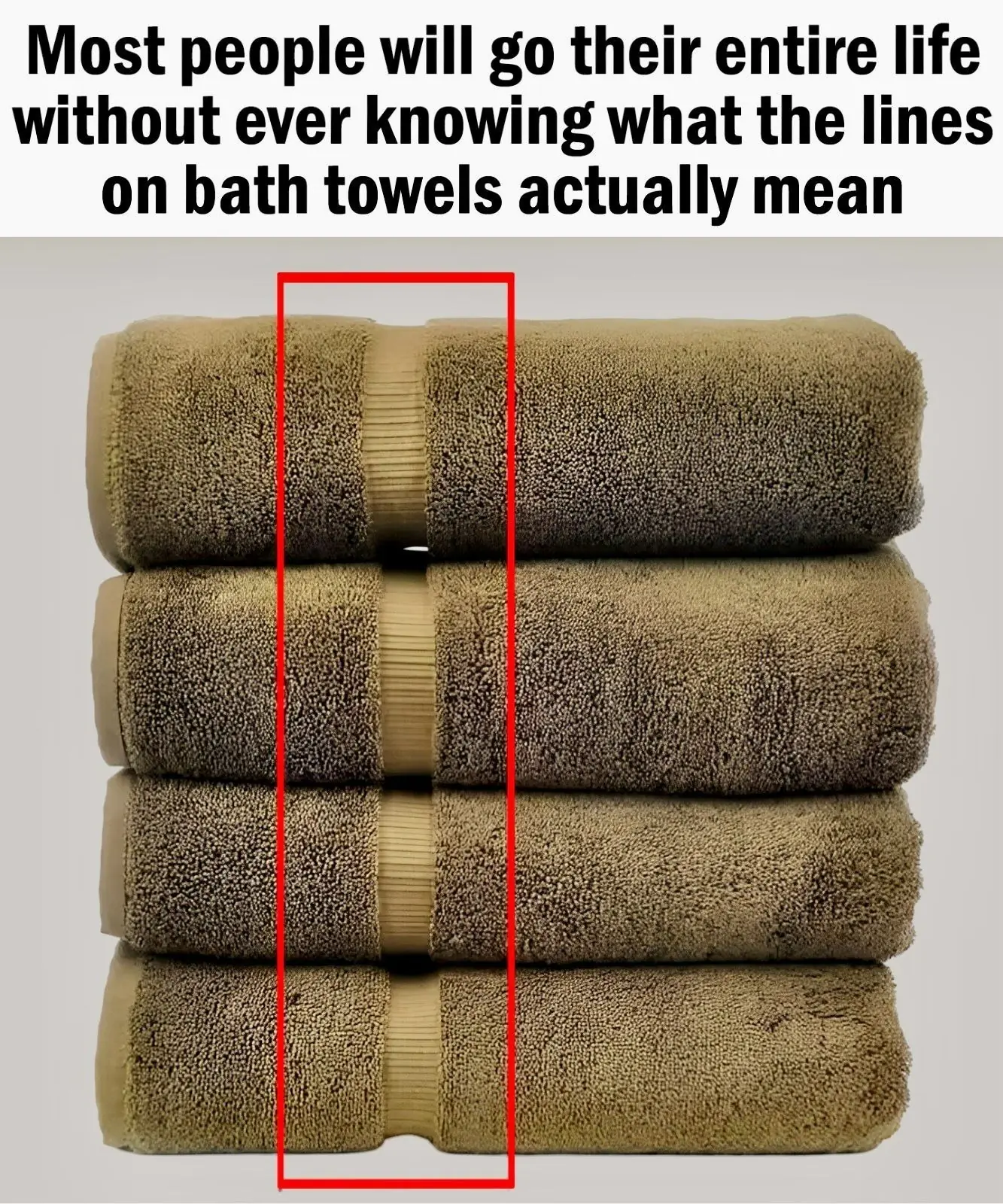
Why Bath Towels Are Essential — More Than Just a Post-Shower Staple

17 Tips on How to Spot a Fake Product

Great hacks every family needs
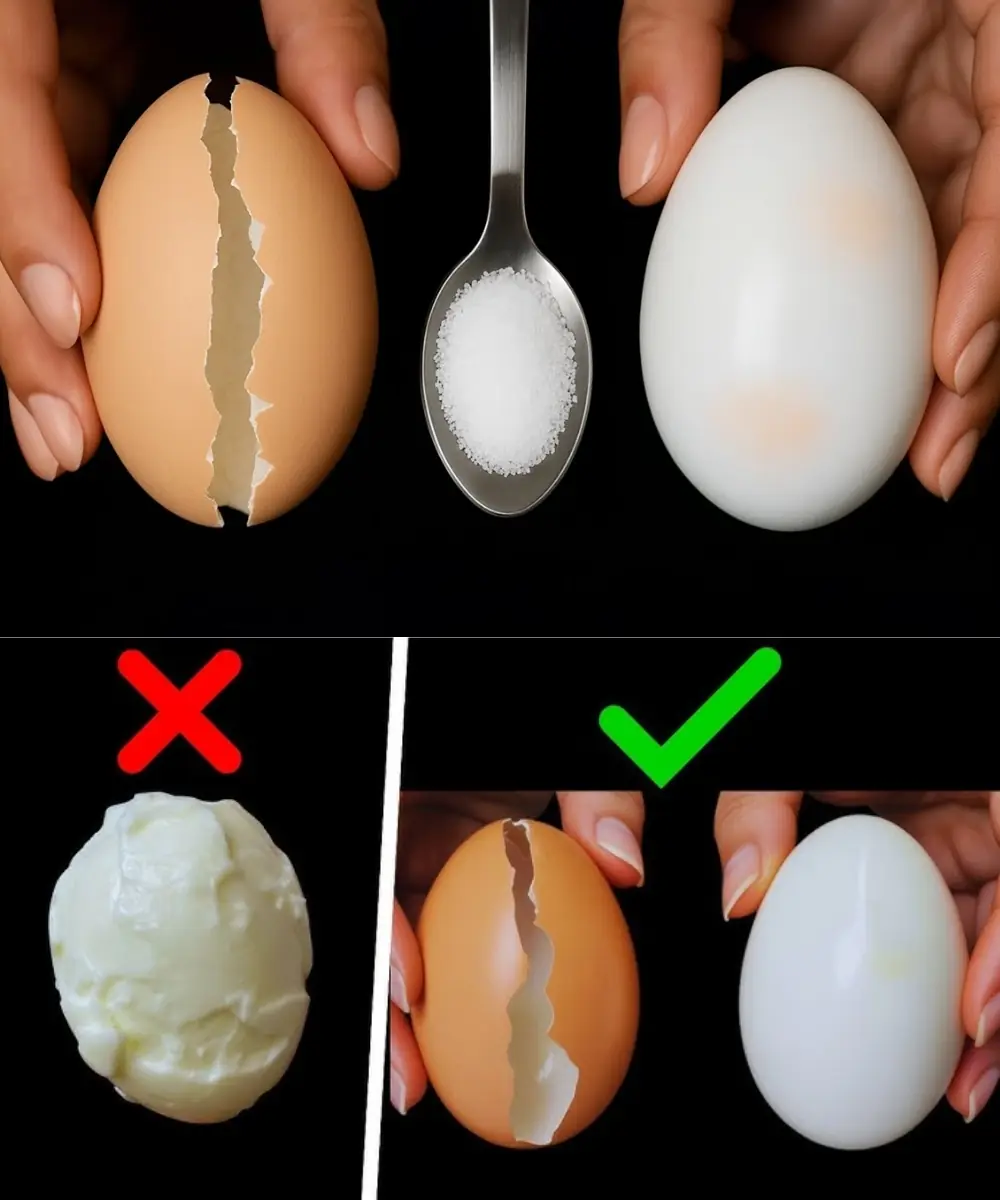
Don’t Boil Eggs Directly In Water — Here’s How FIVE-STAR Hotels Cook Their Eggs!

10 kinds of meat and how long to store them each in the freezer.

How to Unclog Stovetop Burners and Make the Flame Stronger with This Fantastic Homemade Trick
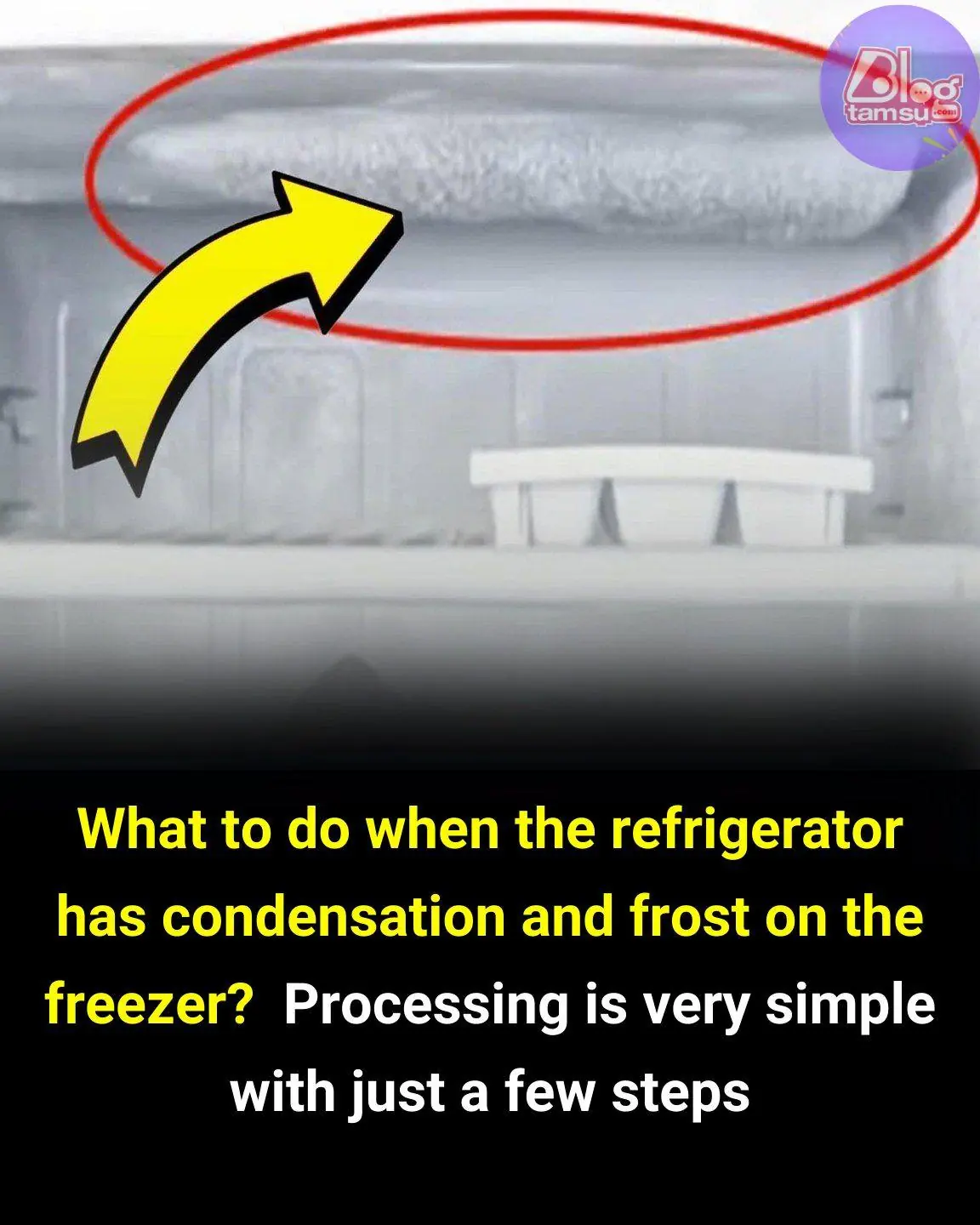
What to Do When Your Refrigerator Has Condensation and Frost in the Freezer
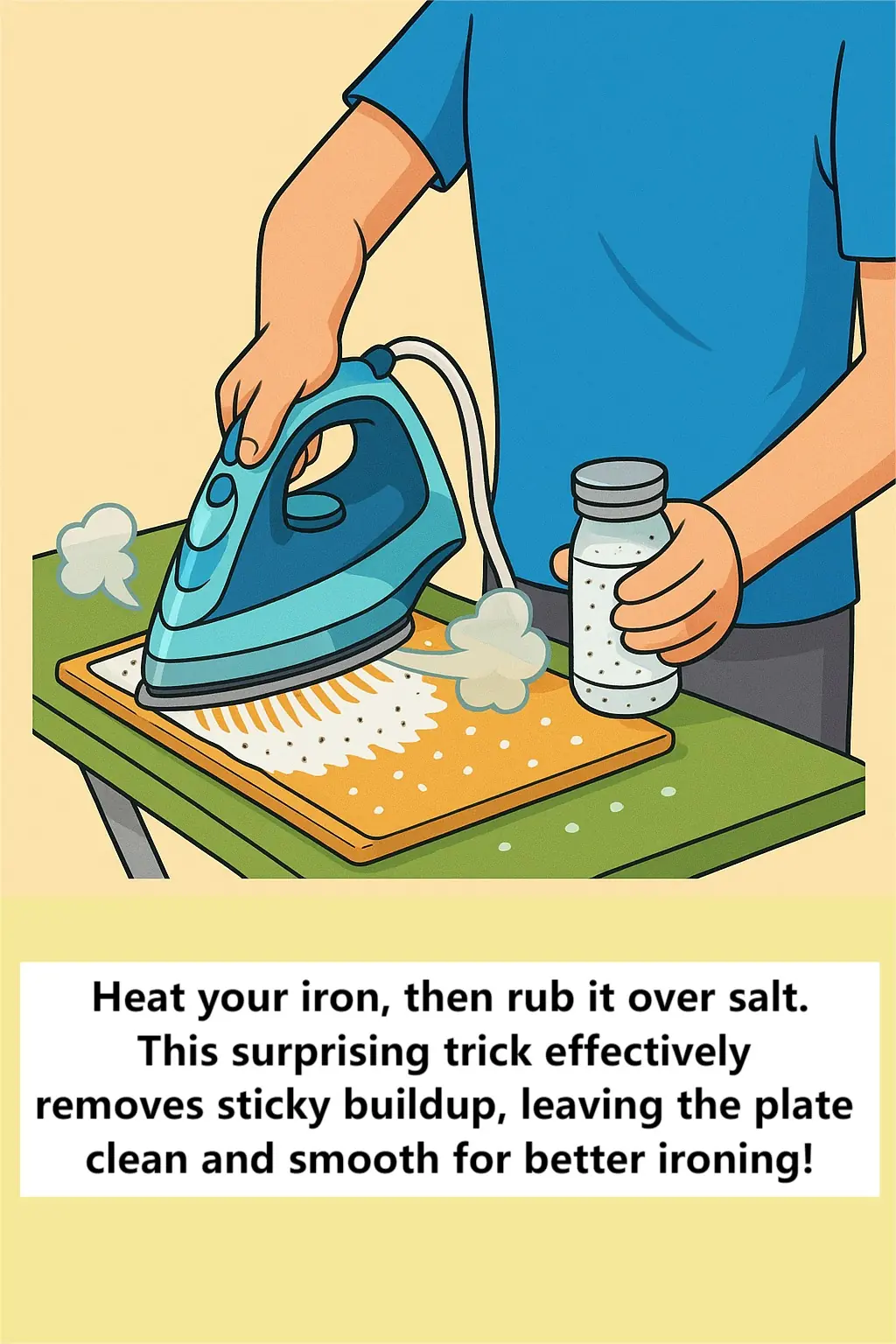
Simple Salt Hack Helps Clean Sticky Irons and Improve Performance

Why You Shouldn’t Sleep Next to a Charging iPhone Thermal Buildup
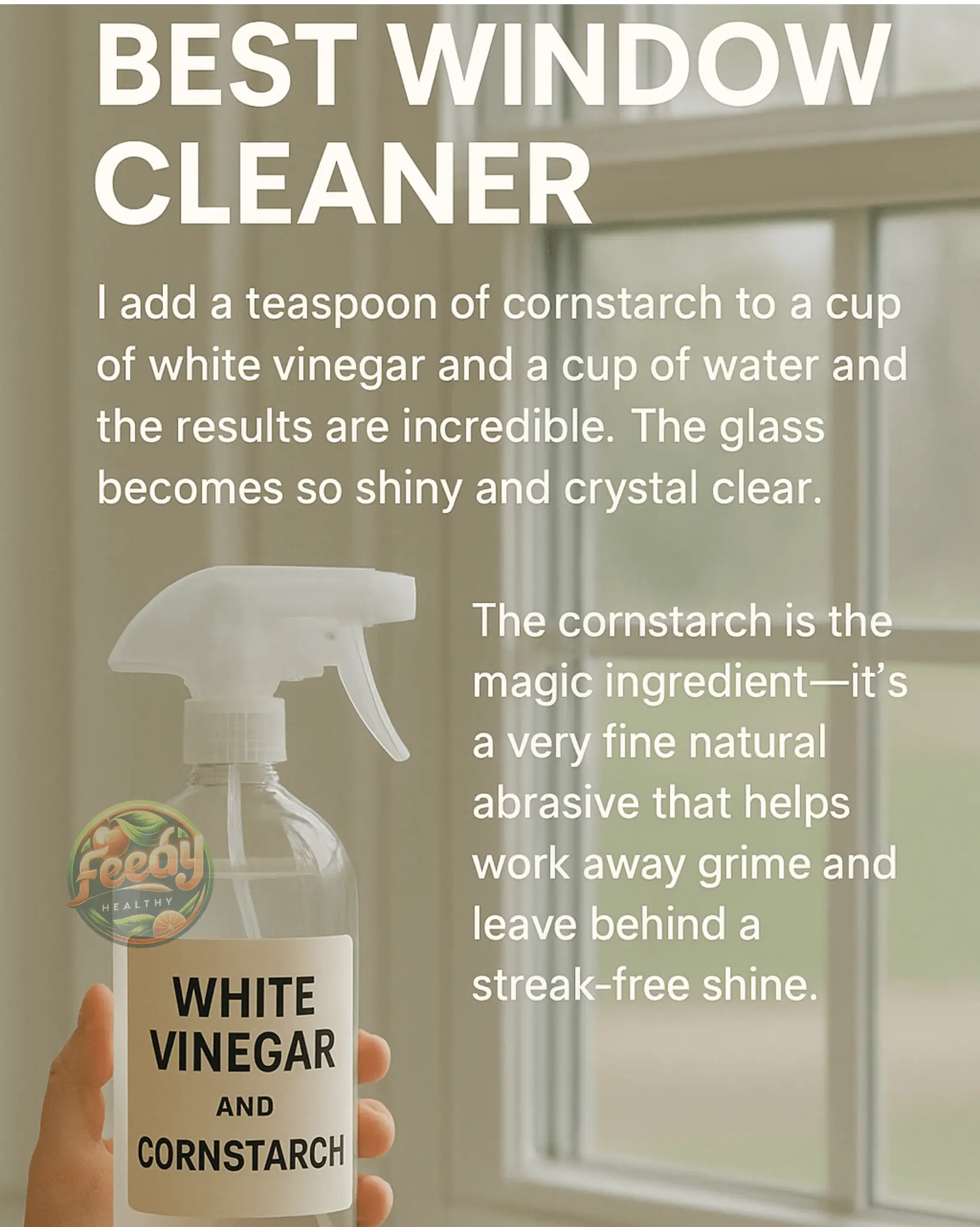
12 NATURAL HOMEMADE CLEANERS that will clean, sanitize and disinfect everything in our homes
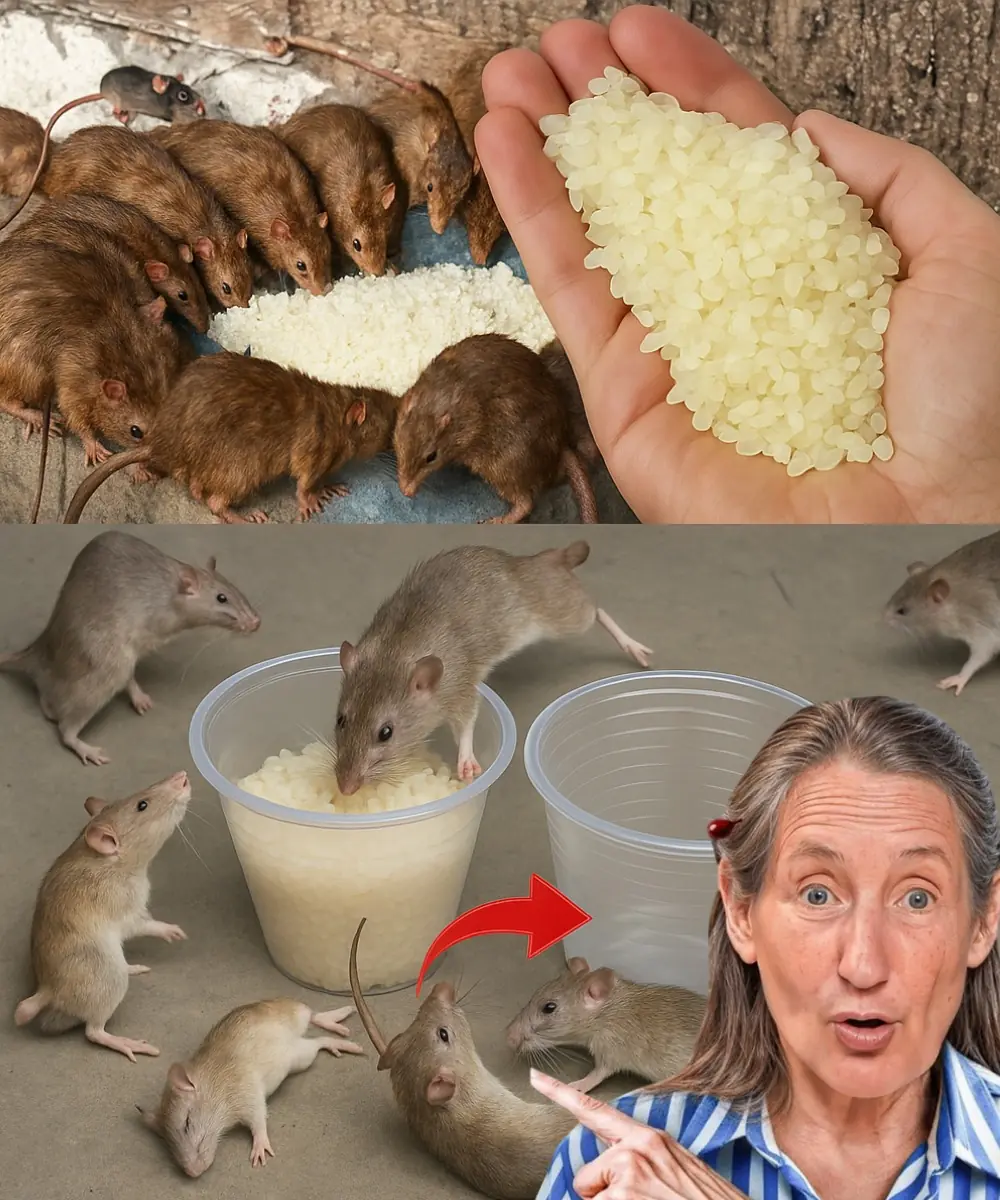
Shocking Kitchen Hack: Eliminate Rats and Cockroaches Forever with This Rice Trick!
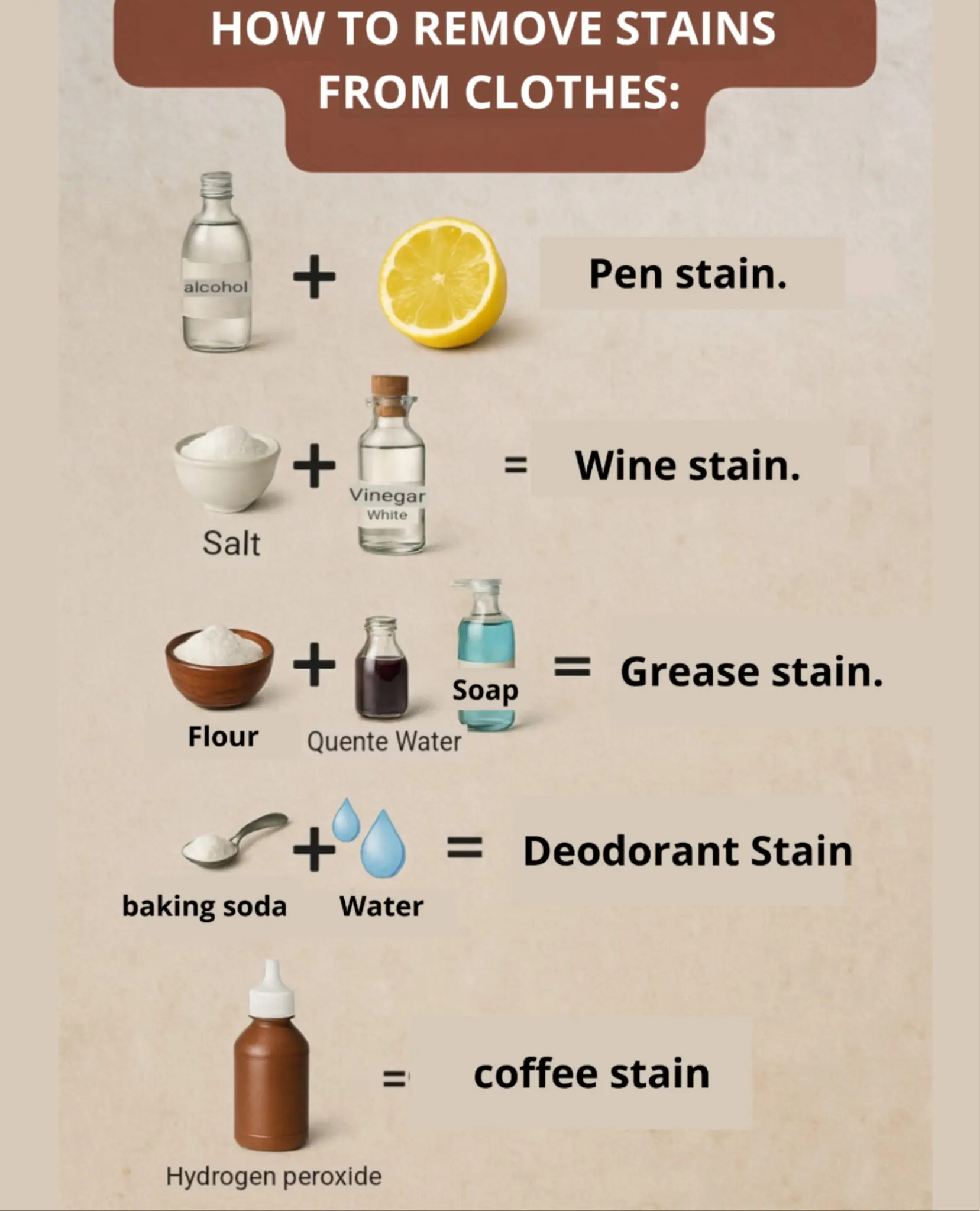
How to Effectively Remove Stains from Clothes: Simple Home Remedies That Work
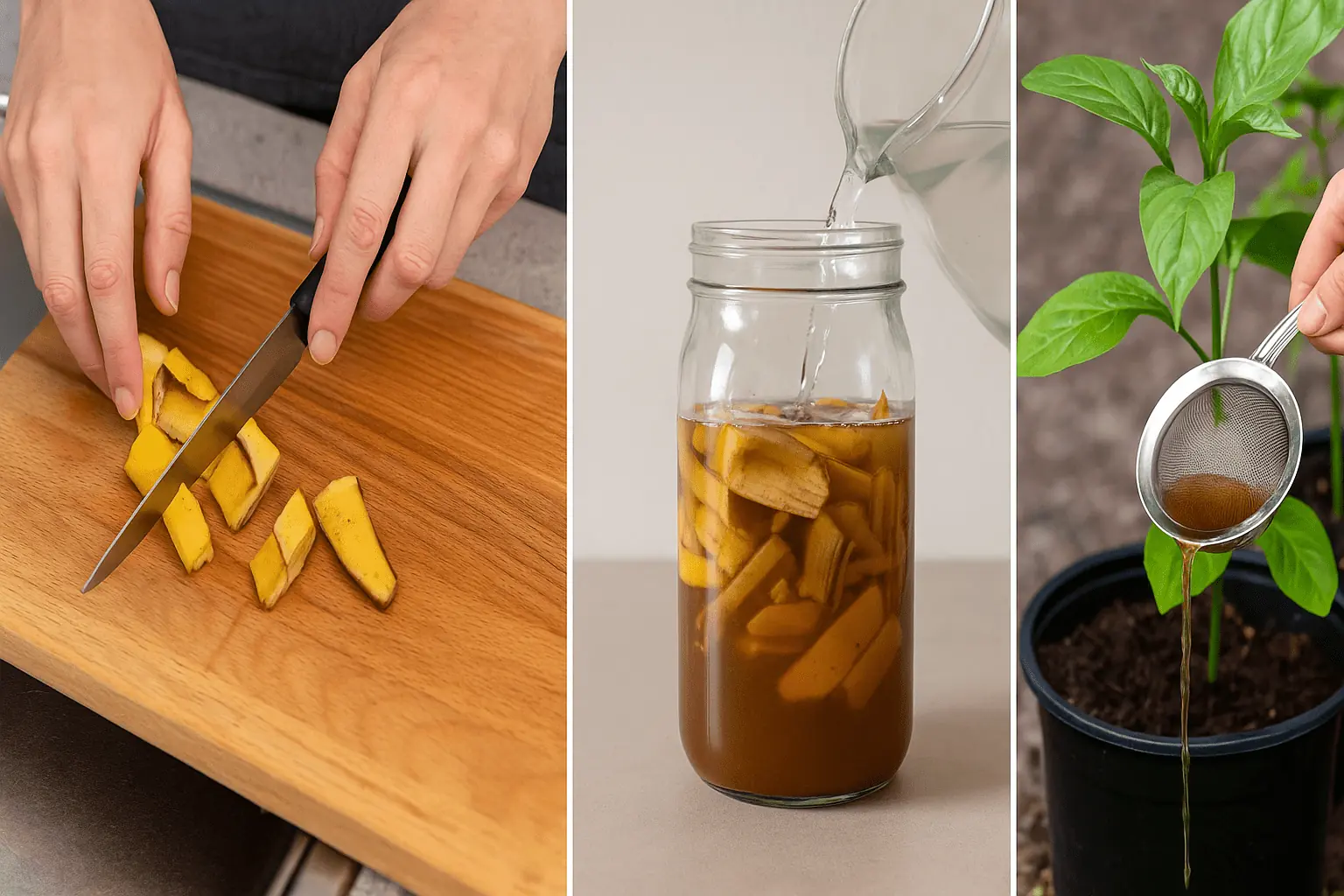
How to Transform Banana Peels into Powerful Homemade Fertilizer In Just 5 Steps
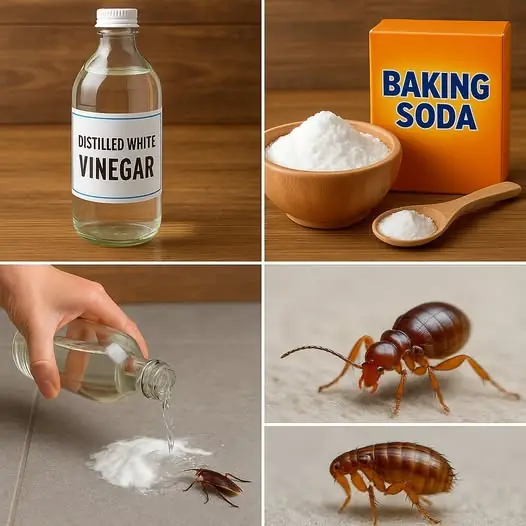
Natural Pest Control with Baking Soda & Vinegar

How To Properly Dispose of Ticks
20 Household Cleaning Products You Should Never Mix Together
News Post
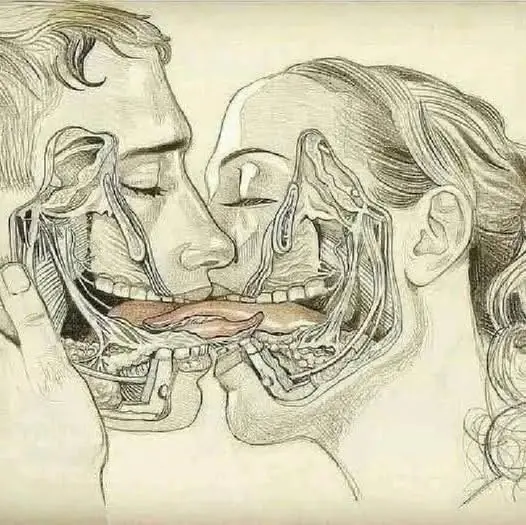
WHAT HAPPENS WHEN WE TONGUE KISS…See more
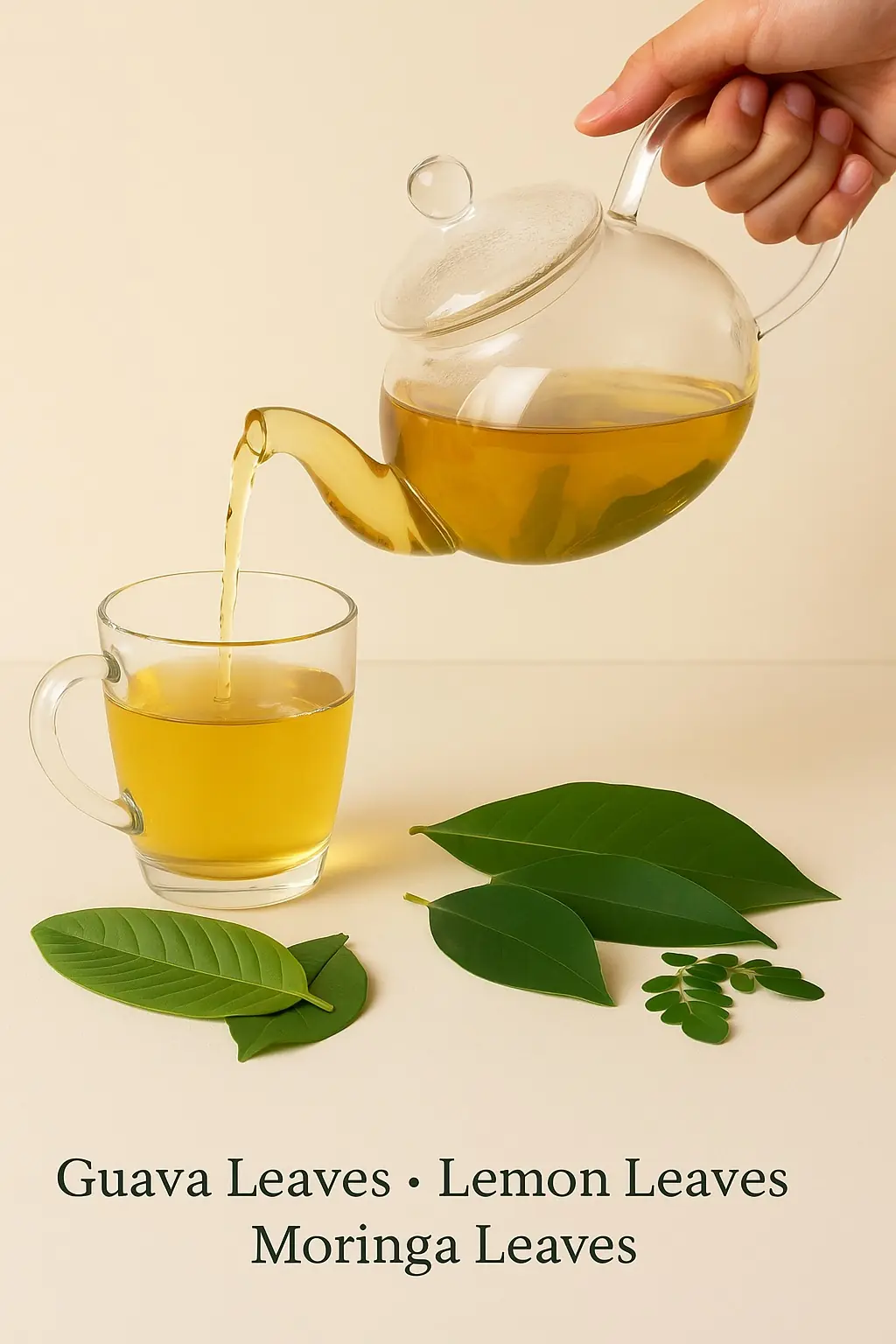
Nature’s Secret: 4 Healing Leaves That Support Metabolism, Immunity & Circulation Naturally
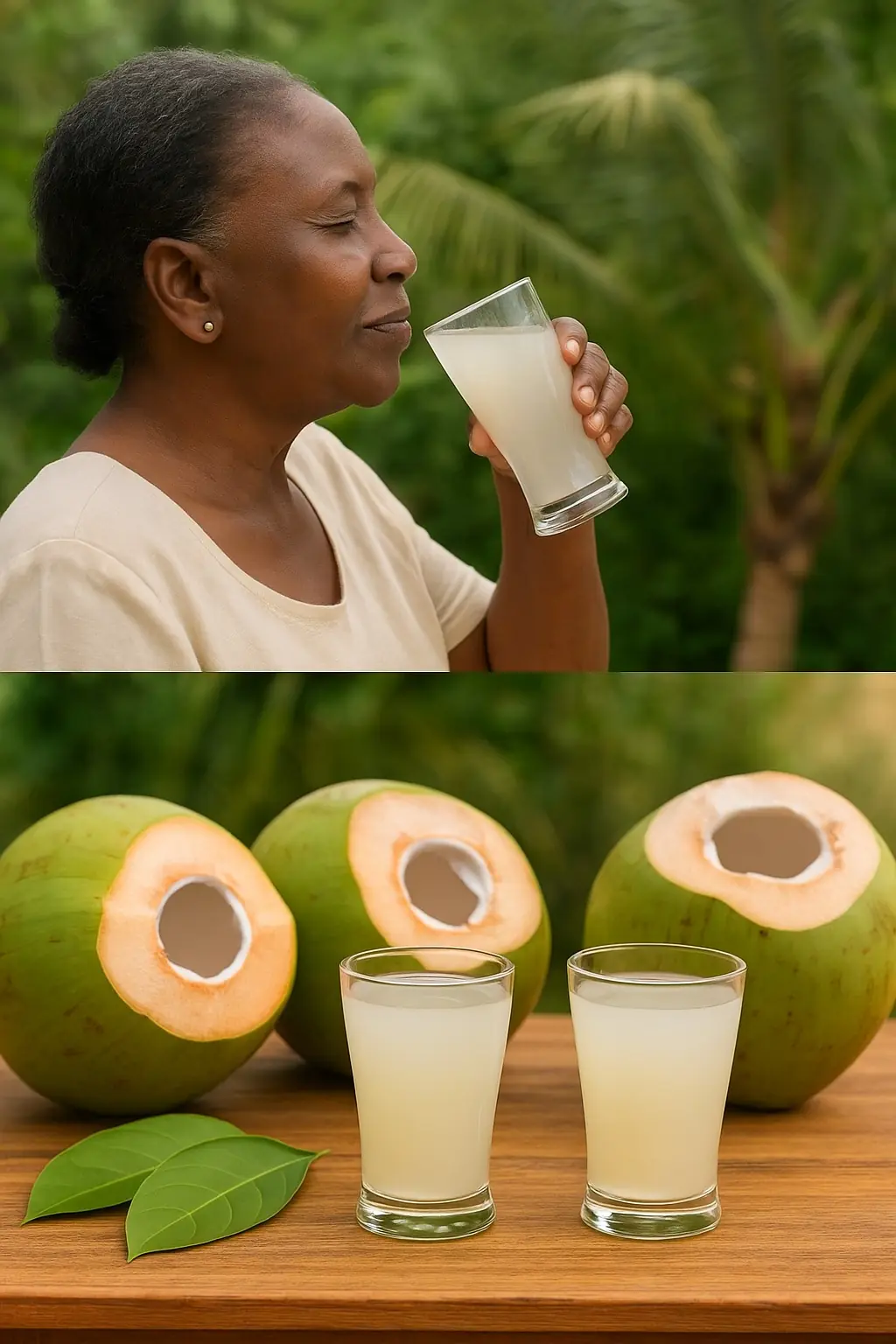
Don’t Drink Coconut Water Before You Know These 11 Secrets!

Pumpkin Seed Milk — The Natural Parasite Cleanser
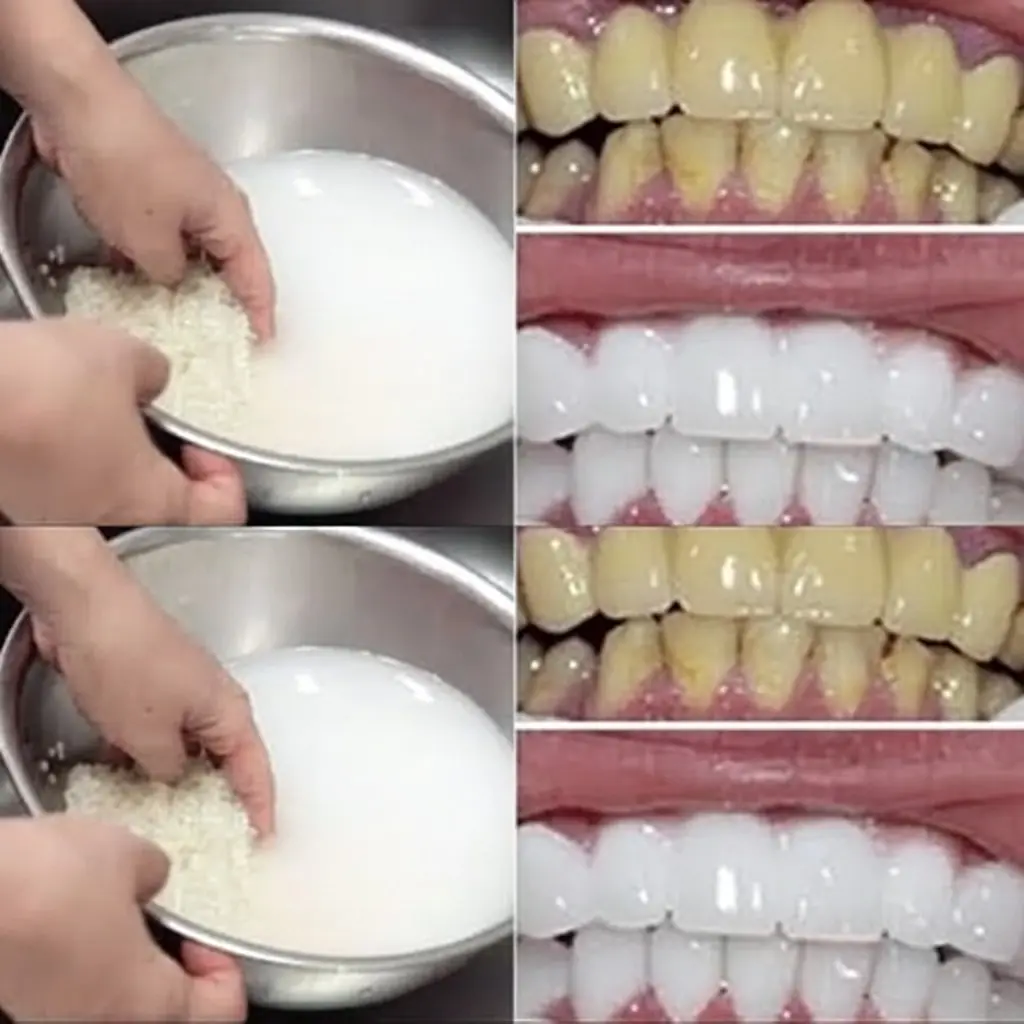
Fast Rice Water Trick for a Brighter Smile
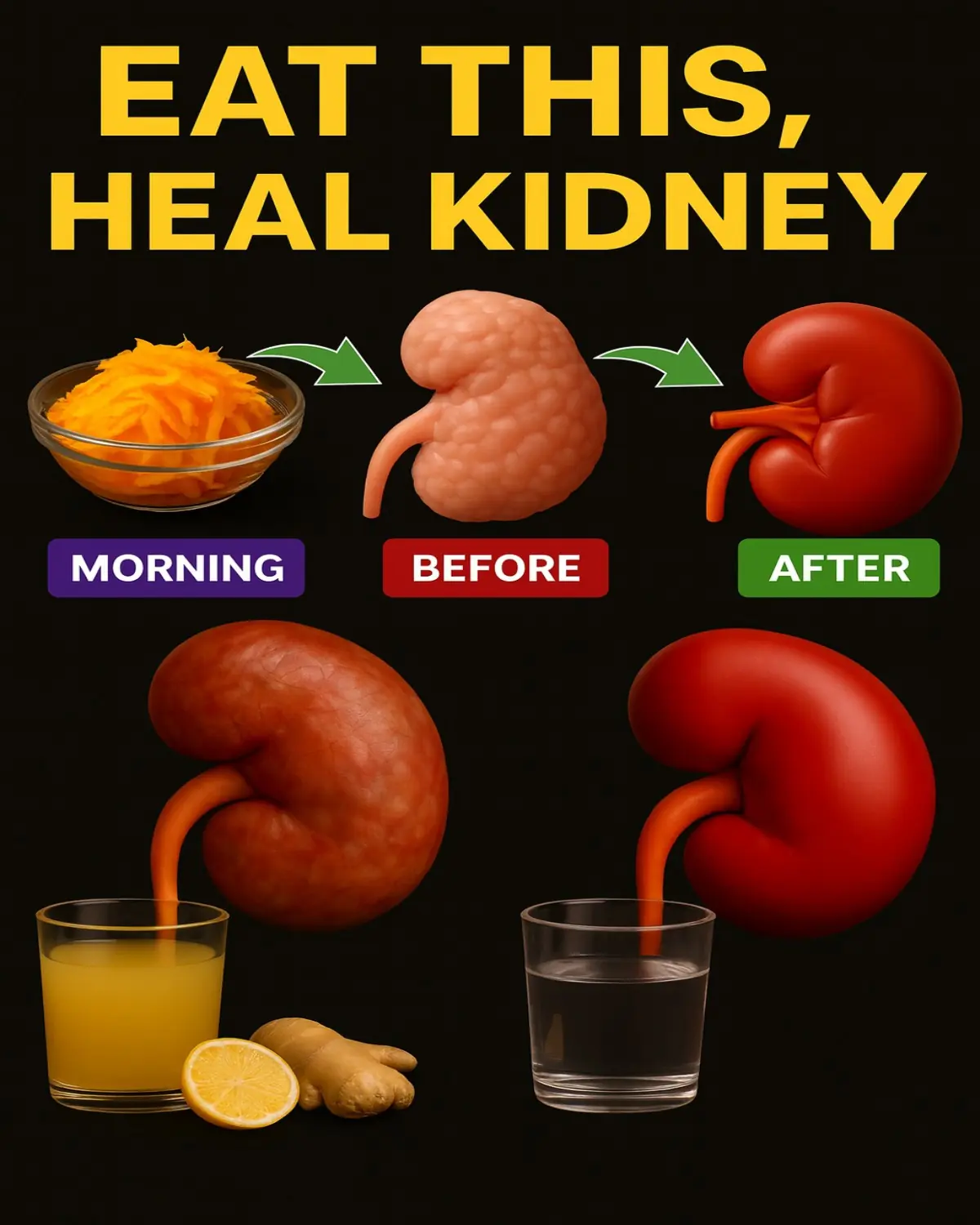
Morning Drink to Revive Your Kidneys Fast
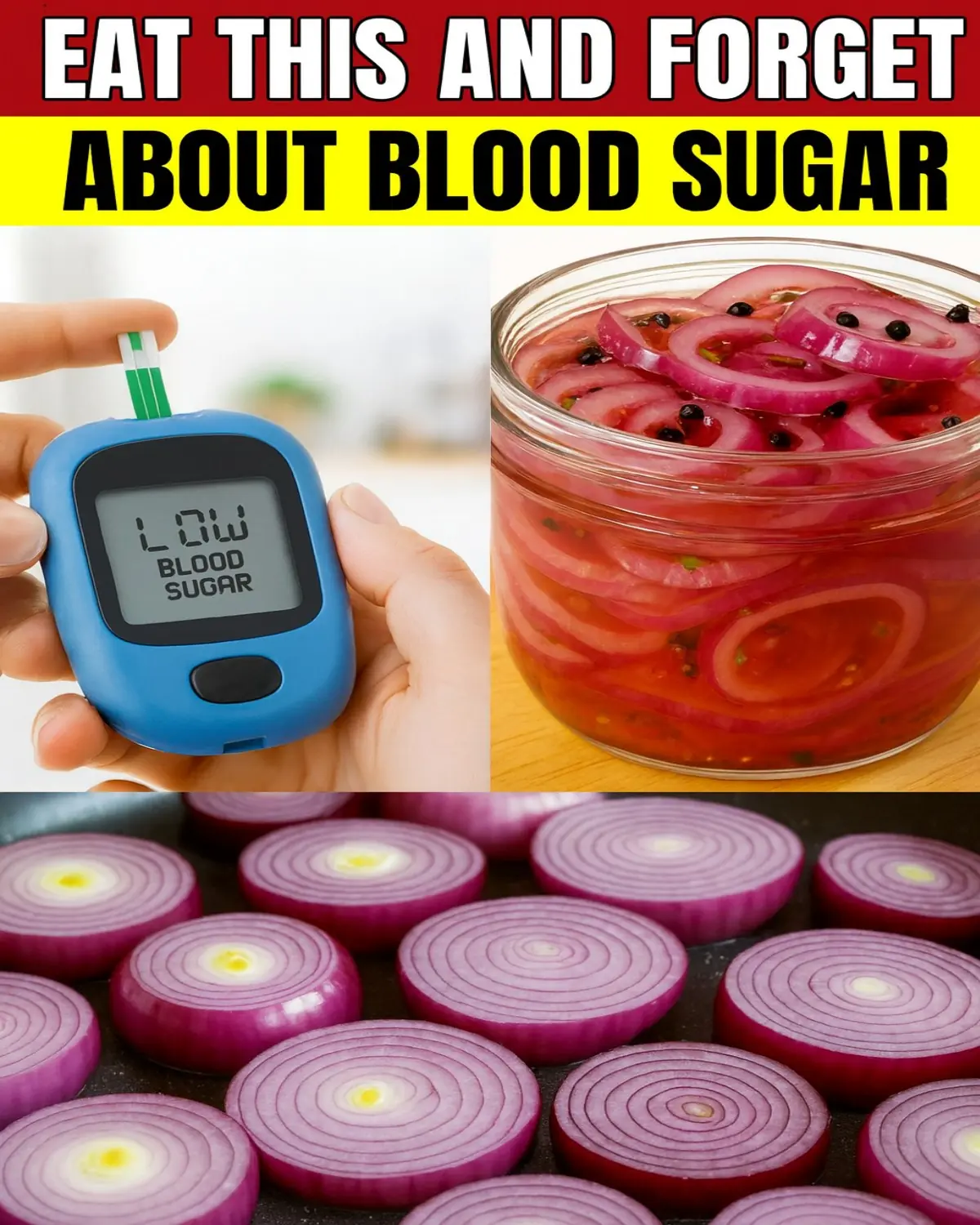
The Onion Recipe That Could Transform Your Blood Sugar, Support Cleaner Arteries, and Protect Your Heart!

Top 4 Fruits That Help Your Kidneys Flush Out Toxins While You Sleep

Ginger, Clove, and Honey: The Natural Trio Your Body Will Thank You For
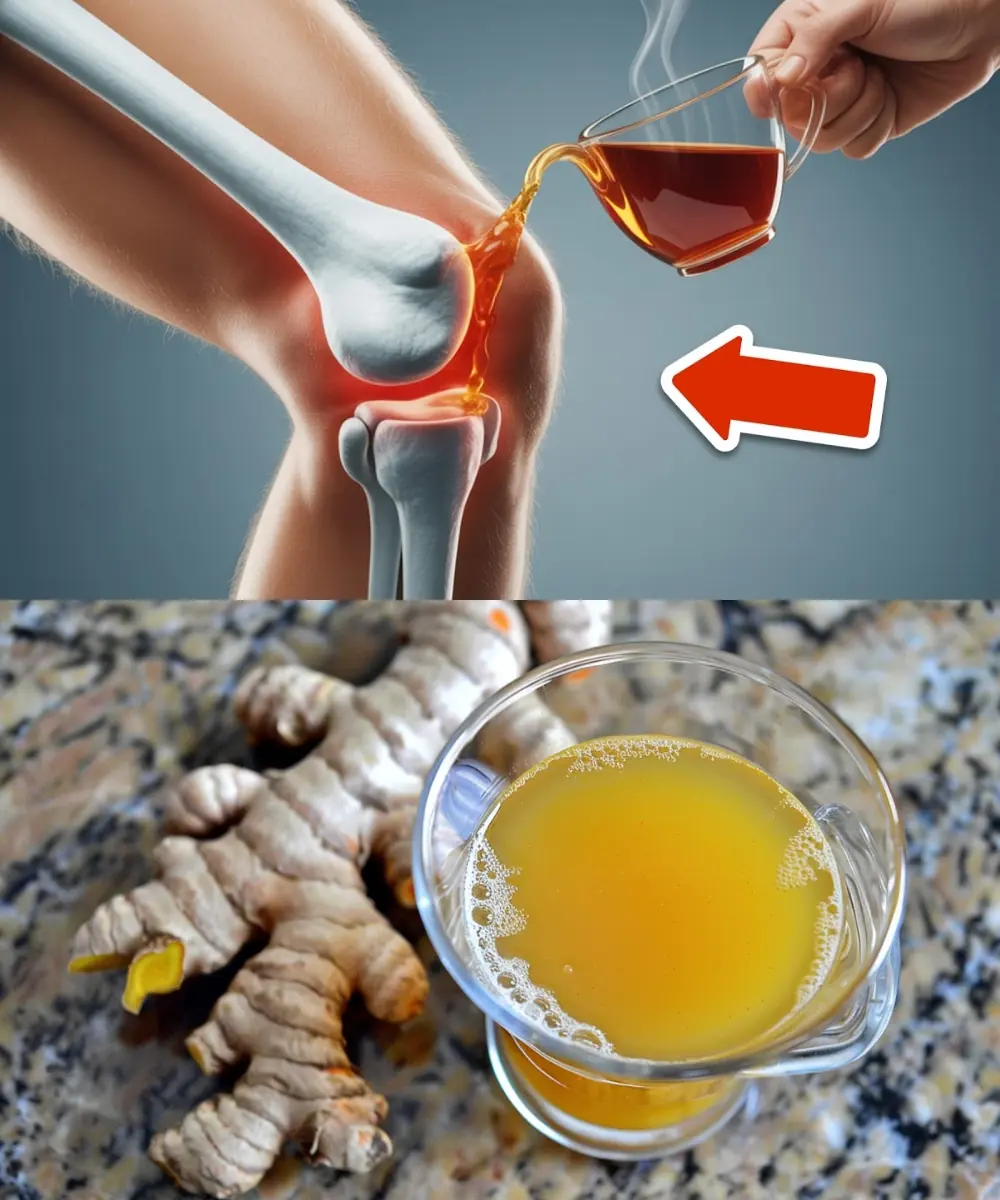
Heal 15 Years of Joint Pain Naturally with Turmeric and Honey Tea
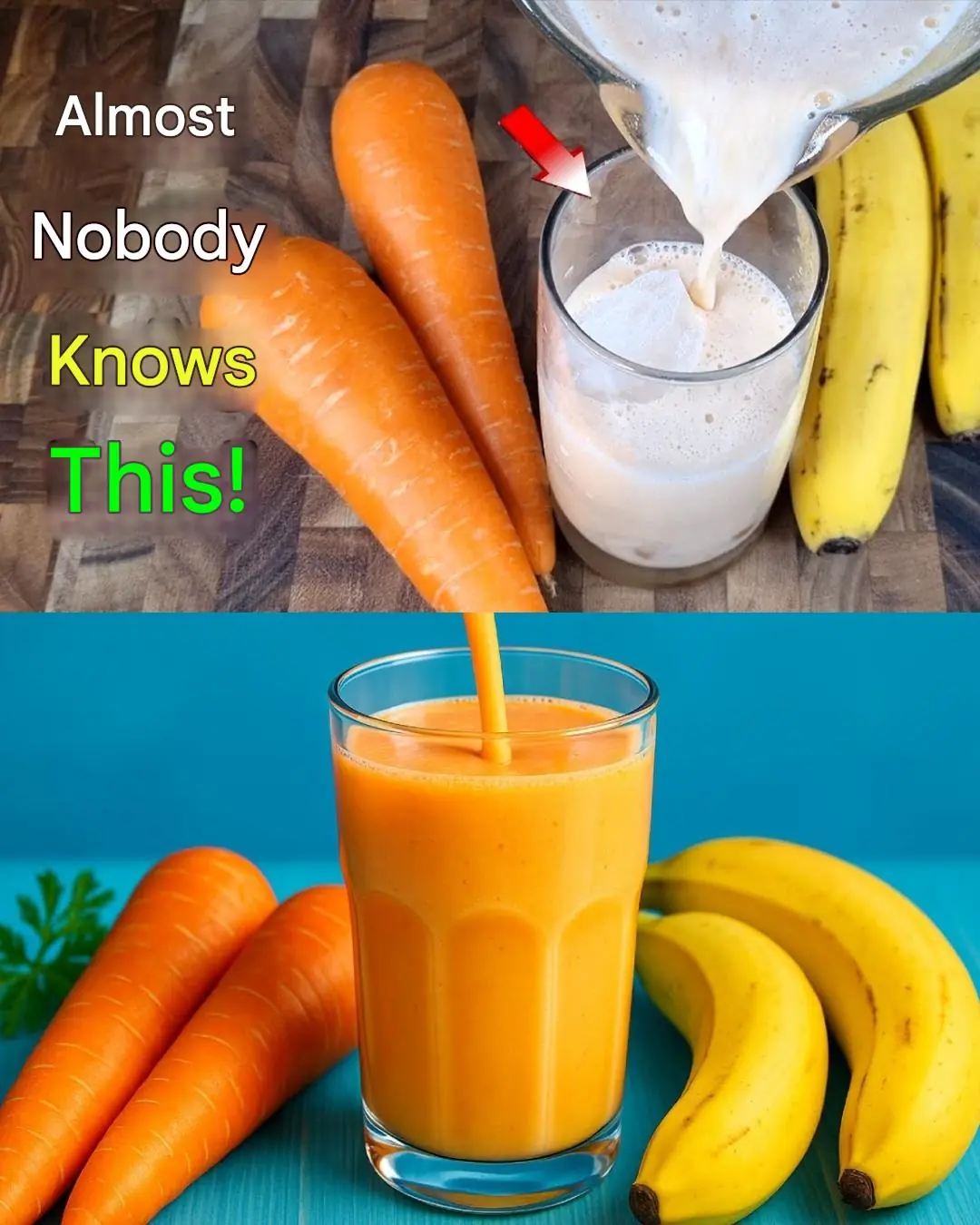
This Juice Revived My Grandma’s Energy — Say Goodbye to Fatigue and Body Pain with This Natural Recipe

The Benefits of Eating 2 Boiled Eggs Every Morning: Transform Your Health!

If Your Kidneys Are in Danger, Your Body Will Send You These 8 Signals — Don’t Ignore Them

The Surprising Effects of Avocado on Your Heart and Brain

Ways to Get Over a Man Who Didn’t Value You
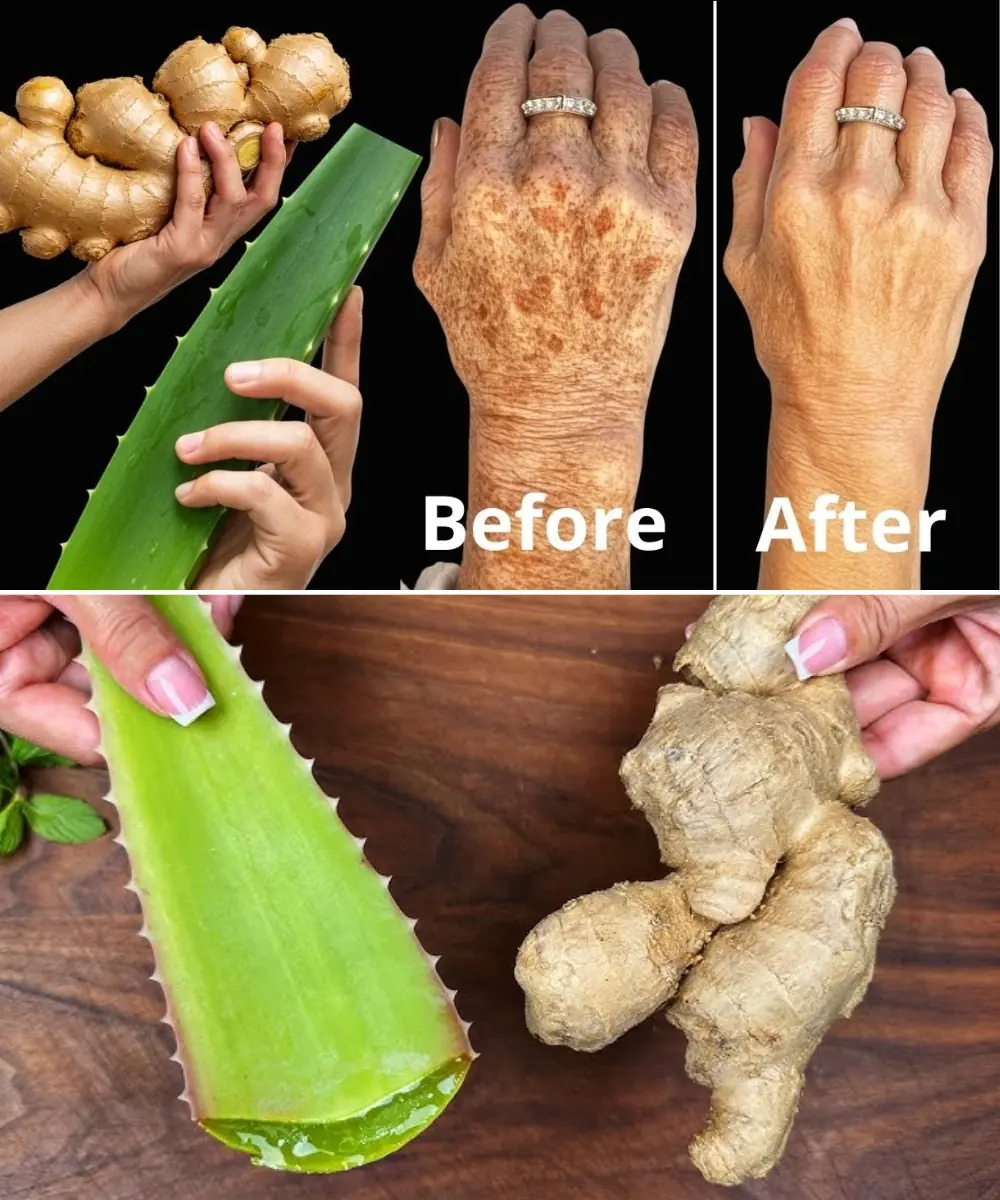
I’m 66 but Look 36 — My Secret? Aloe Vera & Ginger for Firm, Smooth Skin
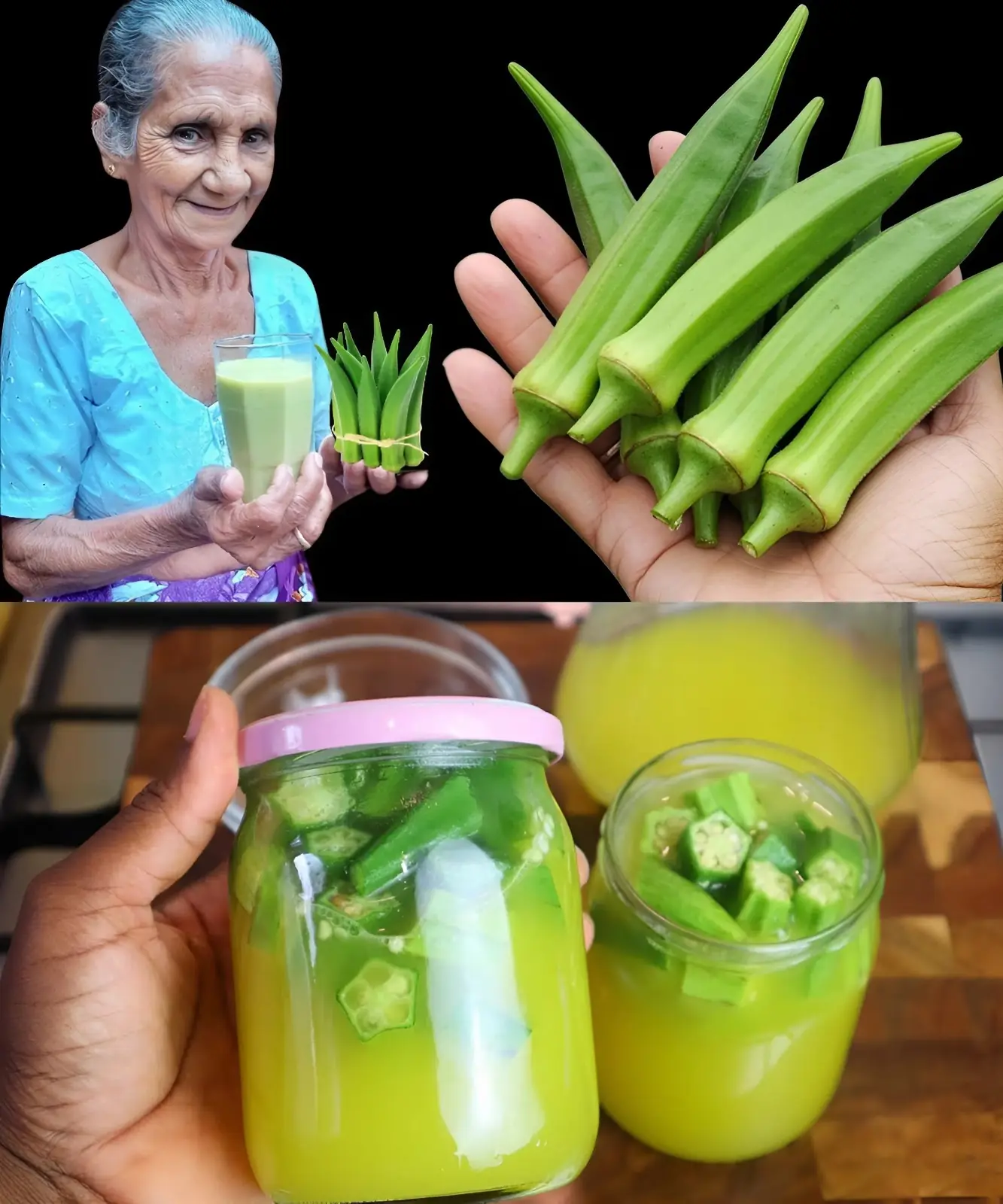
How to Make Okra Water to Treat 17 Health Problems Naturally
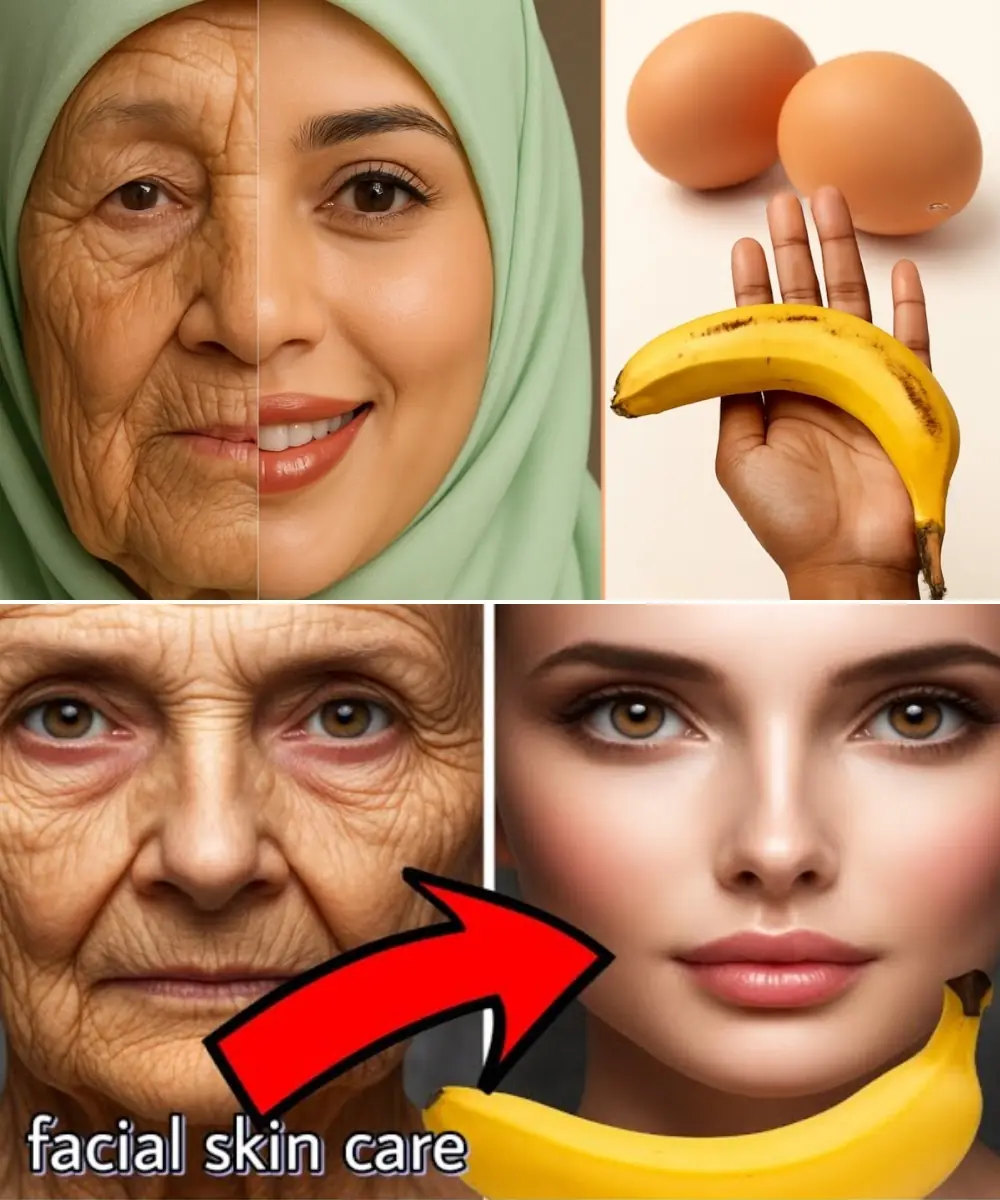
Banana and Egg Mask to Look Younger Even in Your 80s

Scent Leaf Secrets Unveiled: 10 Surprising Health Benefits of This Miracle Herb
